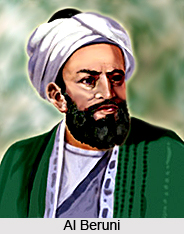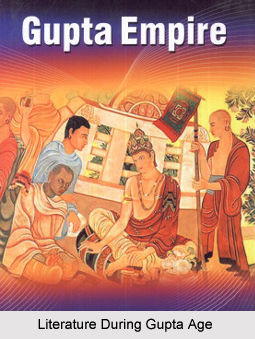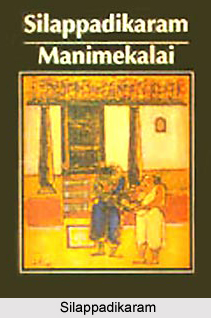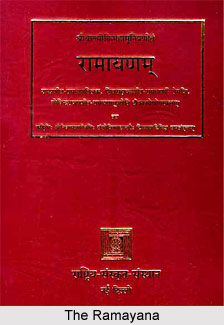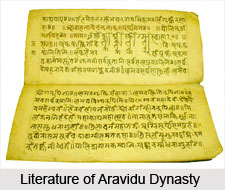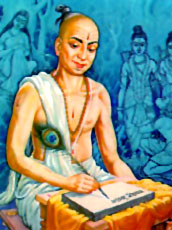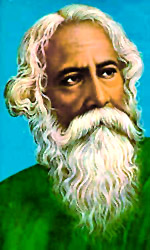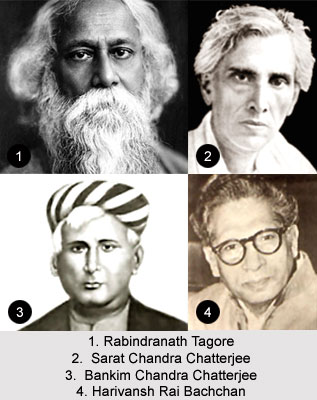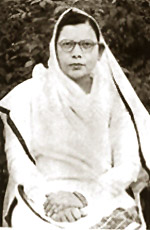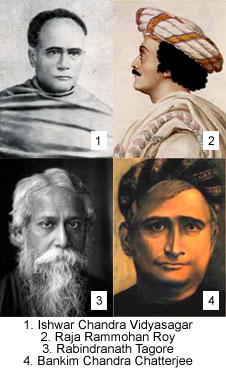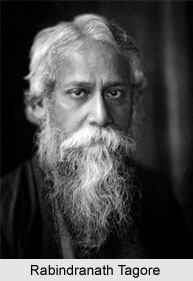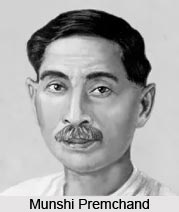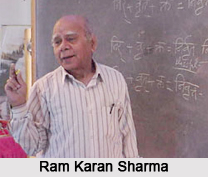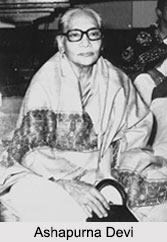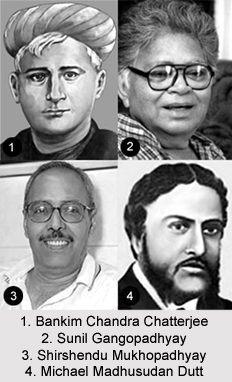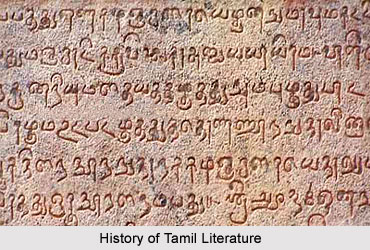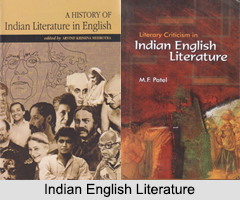Chandramukhir Upakhyan is a work in Bengali literature composed in the 19th century. This prose narration, literally translating into `the narration of Chandramukhi`, is by Reverend Lalbihari De. This work is mainly characterised by detailed descriptions of Bengali country life and pro-British, Christian propaganda, the latter mainly in its dialogues. British/Christian is here equated straight with being Sabhya, civilised, and opposed to `uncivilised` Bengali material and religious culture.
The plot of Chandramukhir Upakhyan has little to do with the urban world of Babus and Bibis, and in the few cases where Babus and Bibis enter the picture, it is those very ideas which are represented. First, in the course of discussions about widow remarriages, there is an account of an exceptionally beautiful woman called Mallika, a Kulin Brahmin, who is married to an old man who dies within five years. Following this a servant persuades her that her youth should not be wasted, and acts as an intermediary between her and her future lover. Mallika becomes pregnant, her family abandons her, and she goes to Kashi where, in her old days, she ends up as a pimp. And at the end of the story, the protagonist Hemchandra falls prey to the Babu disease with all its known symptoms: absence from his home and wife, sustenance of flatterers, relentless waste of money, all of which result in a completely wasted life.
Chandramukhir Upakhyan is not a `Babu-Bibi narrative`, and especially the Babu passage, disconnected from the preceding plot, seems utterly out of place in its end. Its recurrence to these themes, however, proves their dominance as standard patterns of social explanation. The appearance of this theme in a rather remote context as here in Chandramukhir Upakhyan is an indication that they are `wearing out`.
This article is a stub. You can enrich by adding more information to it. Send your Write Up to content@indianetzone.com

